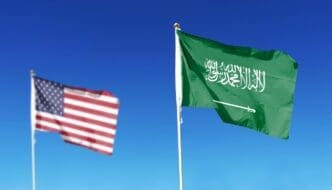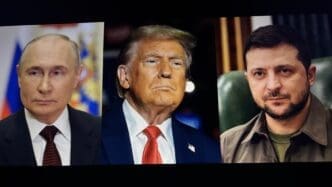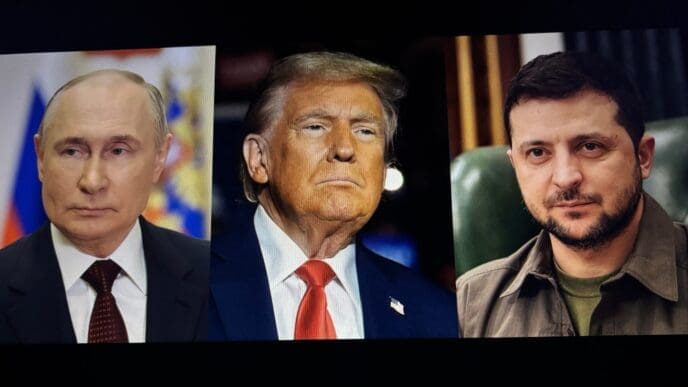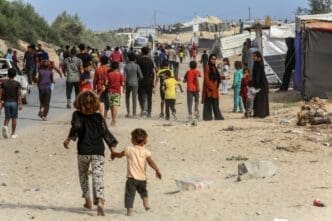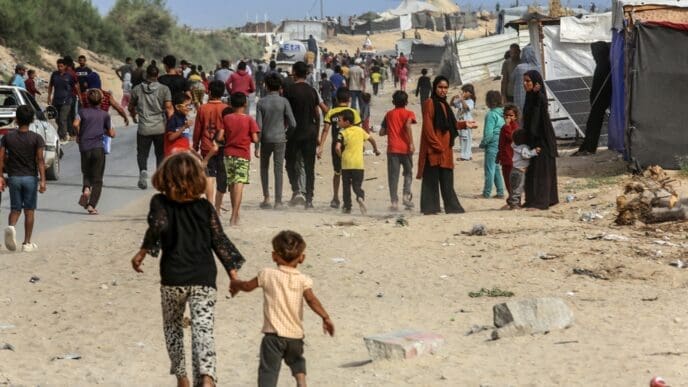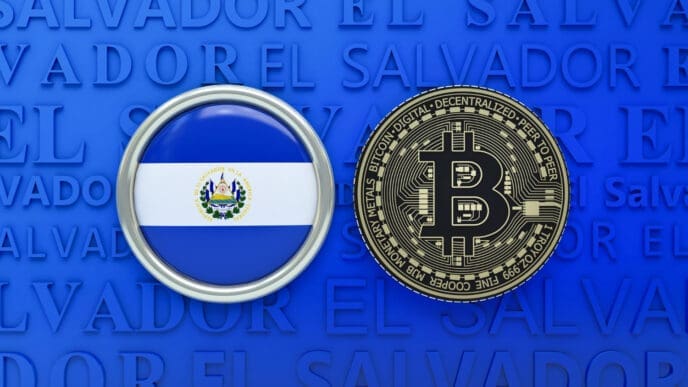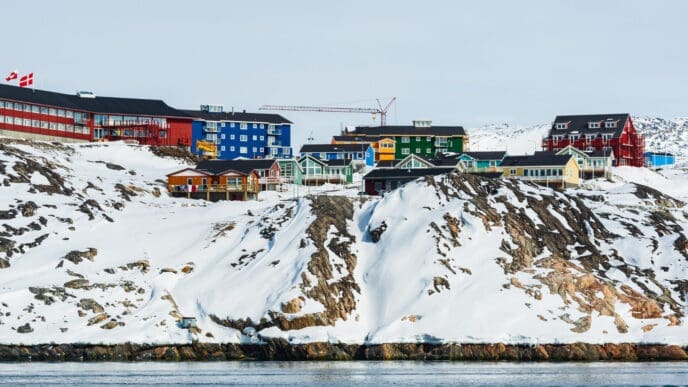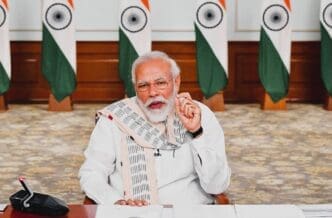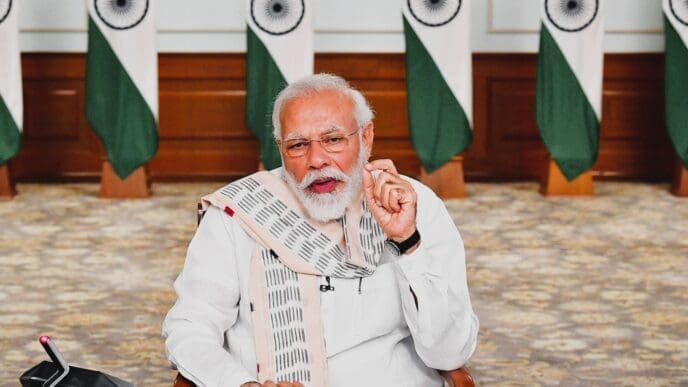In a significant diplomatic mission, US President Donald Trump has arrived in Saudi Arabia, marking the beginning of a pivotal tour of the Middle East during his second term in office. This visit, which includes stops in Qatar and the United Arab Emirates, is set to focus on substantial arms deals and peace discussions, reinforcing the strategic alliance between the US and Saudi Arabia.
President Trump is anticipated to finalize arms agreements valued at up to $1 trillion, a move that underscores the depth of military and economic ties between the US and the Gulf states. However, the visit is not without controversy, as ethical concerns have emerged over a luxurious airliner purportedly gifted to Trump by the Qatari government, raising questions about potential conflicts of interest.
Upon his arrival in Riyadh, President Trump was warmly received by Saudi Crown Prince Mohammed bin Salman. The discussions between the two leaders are expected to address crucial regional issues such as Iran’s nuclear ambitions, the ongoing conflict in Gaza, and fluctuating oil prices.
In an effort to manage international tensions, US Treasury Secretary Scott Bessent announced a newly established mechanism designed to prevent further escalation with China, following recent meetings with Chinese officials.
Meanwhile, domestically, the Trump administration faces criticism for excluding wire service journalists from accompanying the president on his trip, drawing rebuke from the White House Correspondents Association.
In other developments, the US has welcomed a group of white South Africans as refugees, a decision that has sparked debate given the administration’s stringent immigration policies. Additionally, Secretary of State Marco Rubio is engaged in discussions with European leaders regarding a potential ceasefire in Ukraine, though the prospects of such talks remain uncertain.
The visit also coincides with the US State Department’s approval of a $1.4 billion arms deal with the UAE, aimed at enhancing the country’s military capabilities for various operations.
As President Trump aims to bolster US influence in the region, the normalization of relations between Israel and Saudi Arabia remains a complex issue, particularly in light of recent escalations in Gaza. The US is seeking to counterbalance China’s growing presence and investments in the Middle East.
Finally, the administration is addressing concerns over the controversial acceptance of a jet from Qatar, with President Trump defending the transparency of the transaction despite the ethical questions it raises. This visit is a crucial moment for US foreign policy, as President Trump navigates diplomatic challenges and seeks to strengthen alliances in a strategically vital region.
